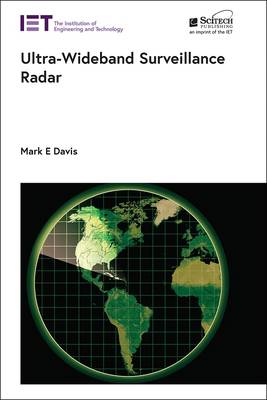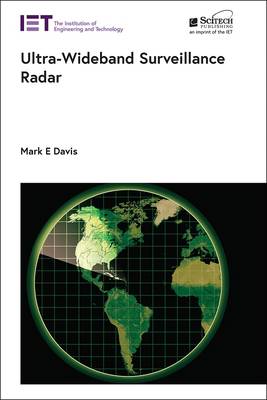
- Afhalen na 1 uur in een winkel met voorraad
- Gratis thuislevering in België
- Ruim aanbod met 7 miljoen producten
- Afhalen na 1 uur in een winkel met voorraad
- Gratis thuislevering in België
- Ruim aanbod met 7 miljoen producten
Omschrijving
Ultra-Wideband Surveillance Radar is an emerging technology for detecting and characterizing targets and cultural features for military and geosciences applications. To characterize objects near and under severe clutter, it is necessary to have fine range and cross range resolution. The resultant wide bandwidth classifies the systems as ultra-wideband, requiring special treatment in system technology and frequency allocation.
This book explores several UWB surveillance radar prototypes, including Hostile Weapons Locator System (HOWLS), Multibeam Modular Surveillance Radar (MMSR), and geoscience synthetic aperture radar (GeoSAR). These prototype radars illustrated the early development of multi-mode capabilities leading to modern radar systems. Based on the results of these prototypes and recent radar technology publications a novel multi-mode, multi-channel radar is presented and analysed.
The book begins with a history of airborne surveillance radar, then goes on to provide systematic and detailed coverage of the following topics and technologies: surveillance radar detection; surveillance radar modes; UWB antennas; ultra-Wideband SAR processing; interferometric radar modes; UWB ground moving target detection; UWB spectrum compliance; and UWB multimode operation.
The first book to cover these new capabilities, this is an important reference for radar engineers, especially those working in geosciences and military applications. It is also relevant to academic and advanced engineering researchers developing new radar technologies and algorithms for image processing, as well as the advanced electromagnetics research community.
Specificaties
Betrokkenen
- Auteur(s):
- Uitgeverij:
Inhoud
- Aantal bladzijden:
- 413
- Taal:
- Engels
- Reeks:
Eigenschappen
- Productcode (EAN):
- 9781839530777
- Verschijningsdatum:
- 4/02/2021
- Uitvoering:
- Hardcover
- Formaat:
- Genaaid
- Afmetingen:
- 163 mm x 241 mm
- Gewicht:
- 816 g

Alleen bij Standaard Boekhandel
Beoordelingen
We publiceren alleen reviews die voldoen aan de voorwaarden voor reviews. Bekijk onze voorwaarden voor reviews.












